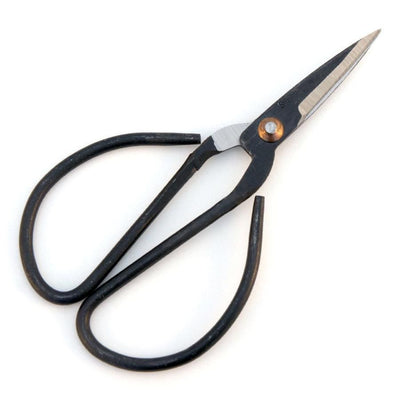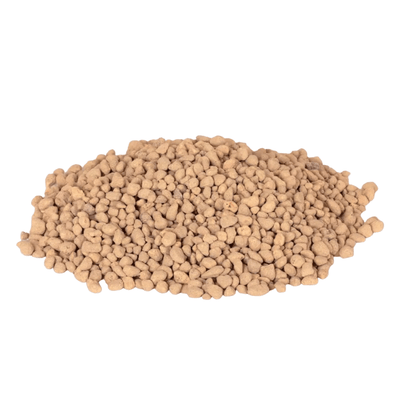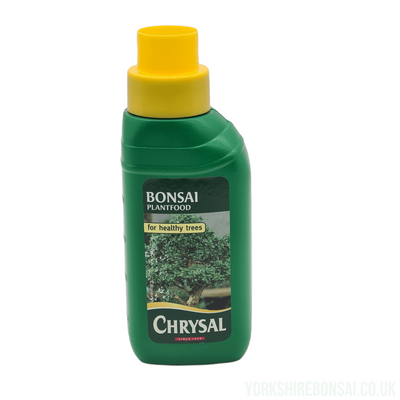Japanese Holly (Ilex Crenata) Care Guide
Care Guide for Japanese Holly (Ilex Crenata)
Japanese Holly, scientifically known as Ilex crenata, is an evergreen shrub native to Japan. It is a popular choice for landscaping due to its attractive foliage, versatility, and tolerance to pruning. To ensure your Japanese Holly thrives and looks its best, follow these care guidelines:
- Light Requirements: Japanese Holly prefers partial shade to full sun. It can tolerate some shade, but for best growth and appearance, aim for a location that receives at least 4-6 hours of sunlight per day.
- Soil and Drainage: Plant your Japanese Holly in well-draining soil that is slightly acidic to neutral (pH 5.0 to 7.0). It doesn't do well in waterlogged conditions, so ensure the soil drains properly.
- Watering: During the first year after planting, water your Japanese Holly regularly to help establish its root system. Once established, it is relatively drought-tolerant, but it's still essential to provide it with a steady supply of water, especially during prolonged dry spells. Water deeply but infrequently to encourage deep root growth.
- Mulching: Apply a layer of organic mulch around the base of the plant to help retain soil moisture and regulate temperature. Keep the mulch away from direct contact with the stem to prevent rot.
- Pruning and Shaping: Japanese Holly responds well to pruning and shaping. To maintain its compact and attractive form, prune it in early spring before new growth begins. Trim back any dead or diseased branches and remove any crossing branches to encourage better airflow.
- Fertilization: Apply a balanced, slow-release fertilizer in the spring to provide essential nutrients for healthy growth. Follow the manufacturer's instructions for application rates.
- Pest and Disease Control: Japanese Holly is generally resistant to pests and diseases, but it can still be affected by common garden pests like spider mites, aphids, and scale insects. Inspect your plant regularly, and if you notice any infestations, take appropriate action using organic or chemical control methods.
- Winter Protection: Japanese Holly is hardy in USDA zones 6 to 8. If you live in a colder climate, consider providing winter protection, especially for newly planted or younger shrubs. Applying a layer of mulch around the base of the plant and wrapping the shrub in burlap can help shield it from winter winds and extreme temperatures.
- Container Care: If growing Japanese Holly in containers, ensure the pot has good drainage holes and use a well-draining potting mix. Container plants may require more frequent watering than those in the ground, as they can dry out faster.
- Monitoring and Careful Observation: Regularly inspect your Japanese Holly for signs of stress, disease, or insect infestation. Early detection allows for prompt action and prevents potential issues from escalating.
By following this care guide, you can enjoy a healthy and attractive Japanese Holly in your garden or landscape. Remember that each plant's specific needs may vary, so it's essential to adapt your care routine based on your location's climate and individual plant requirements.








